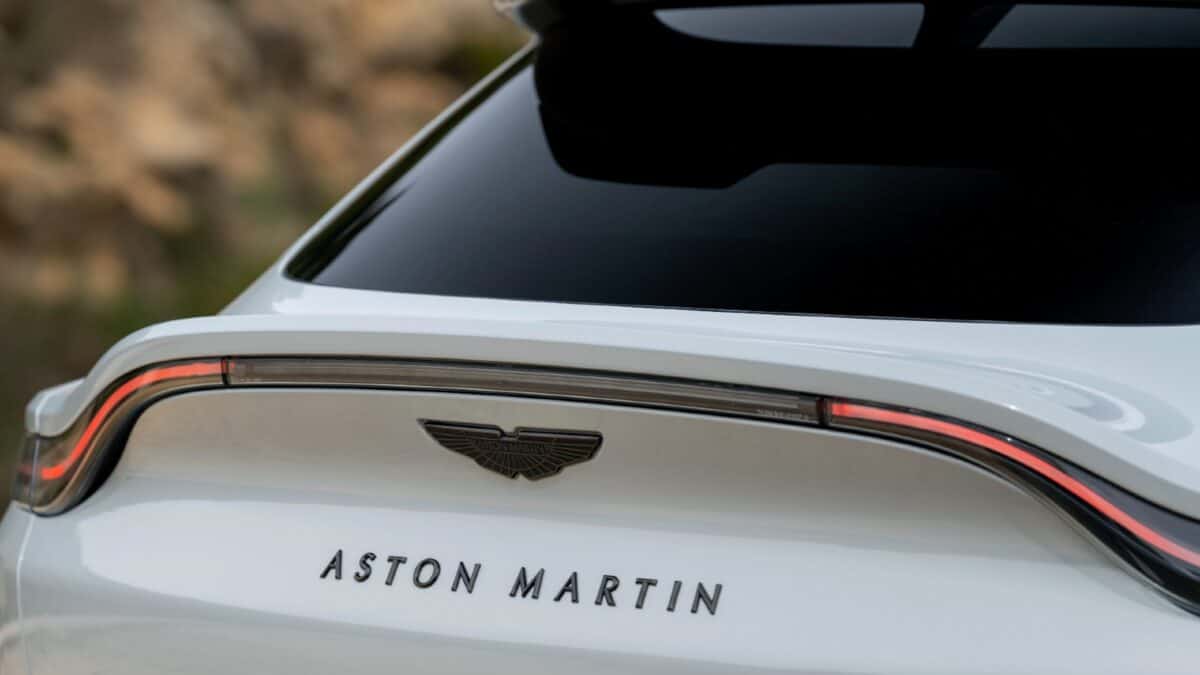If Aston Martin (LSE: AML) shares were a car you’d have to be crazy to get behind the wheel. All they seem to do is crash.
The ultra-luxury car maker has gone bankrupt seven times since hitting the road in 1913, and still keeps veering off-course. After all the hype and hoo-ha of its flotation in October 2018, the shares fell on day one. And they’ve been falling ever since.
The Aston Martin share price has plummeted by 96.17% over the last five years. Over 12 months, it’s down 41.65%.
On 16 September, I decided this mighty brand had to turn the corner, so I bought it. Within a fortnight I found myself down 35% after the board warned it would make 1,000 fewer cars due to supply chain disruption and weak demand in China.
This FTSE 250 stock can’t stop stalling
It was a bumpy start for CEO Adrian Hallmark, recruited from Bentley, and a bumpy start for this investor too. Still, others have had it worse.
I always knew Aston Martin was a gamble, which I funded using the scrapings of my self-invested personal pension (SIPP). I won’t be selling now. Supply chain disruptions are hardly terminal while its V12-engined Aston Martin Vanquish has earned rave reviews. With a retail price of £330,000, I hope it doesn’t depreciate as rapidly as Aston Martin shares are wont to do.
In the last week, Aston Martin shares have done a strange thing. They’ve crept up 6.8%, shrinking my paper loss to just 27.71%. Honestly, it feels like a win.
On 31 October, the board cheered investors by reporting that Q3 adjusted pre-tax losses had narrowed from £123.5m to just £10.3m year-on-year. That’s a huge difference from the anticipated loss of £92m.
Aston Martin still lost £26.7m in the quarter but that was roughly half the expected £53m loss. Revenues rose 8% to £391.6m. Now I’m wondering whether to throw more cash at this stock before it recovers further.
Reasons to be optimistic
Supply chain disruptions are being “proactively managed” while Q3 volumes rose 14% as the order book continues to expand. This should strengthen as its new range of models go on sale in all markets. It’s now on track to meet revised full-year 2024 guidance, although the key word here’s “revised”.
China remains a worry, as it does for many a luxury goods maker. I’m not sure what’s going to turn around that economy. Beijing’s run out of ideas. The Americas is a big market for Aston Martin, with 1,112 sales out of 3,639 so far in 2024, but the US economy could go either way from here.
The 11 analysts offering one-year price forecasts for Aston Martin have set a median target of 167.5p. That’s up a hefty 41.31% from here and would be great if it happened.
There are positive signs but Aston Martin remains a risky gamble, especially as it’s yet to crack the transition to electric. I may be throwing good money after bad but there are positives and I’m going to scrape together some more cash to top up my stake.
This post was originally published on Motley Fool



